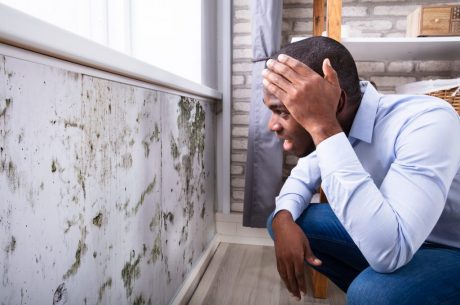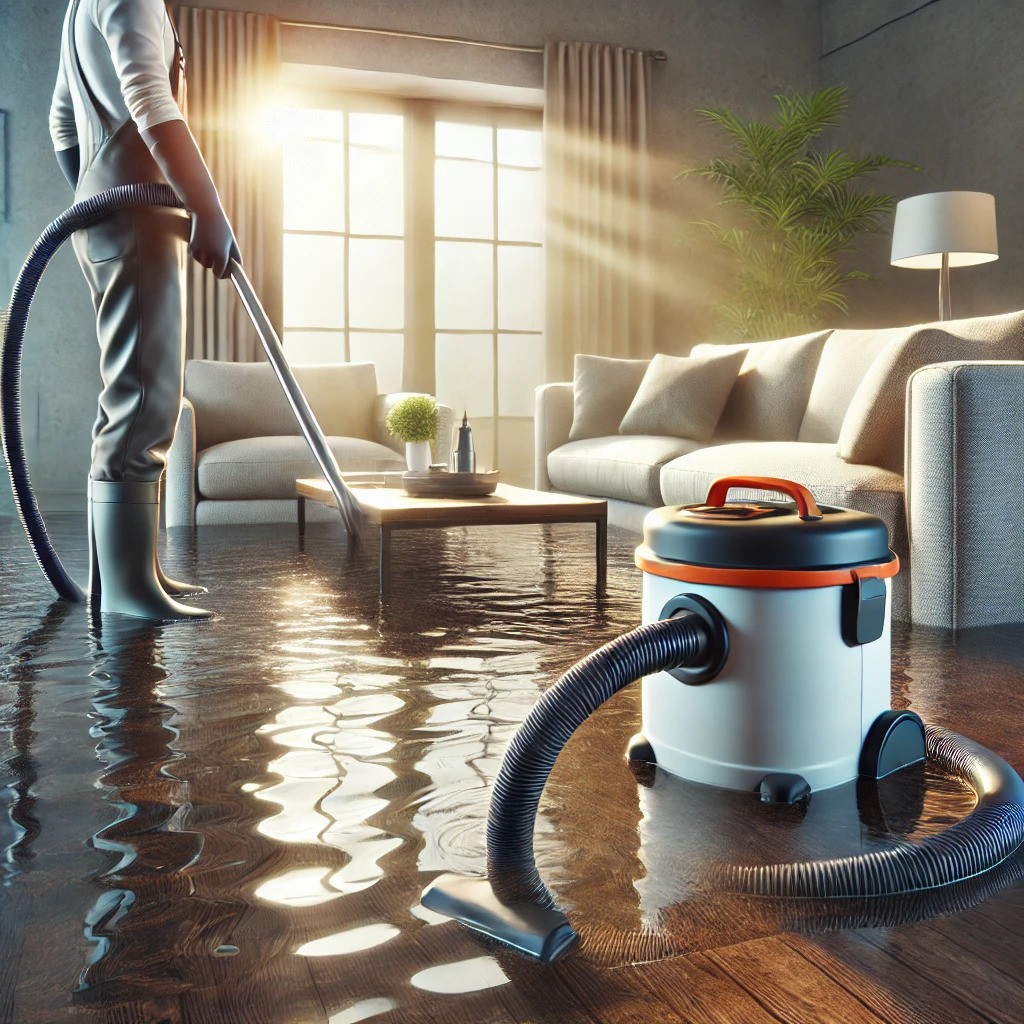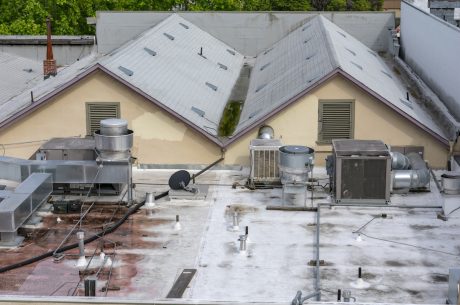Table of Contents

Water damage is a pervasive issue that can cause significant harm to both residential and commercial properties. Whether due to natural disasters, plumbing failures, or accidental spills, water intrusion can lead to structural damage, mold growth, and health hazards. Among the various tools and techniques used in water damage restoration, dehumidifiers play a crucial role. This article will delve into the importance of dehumidifiers in the restoration process, how they work, and why they are indispensable for effective water damage mitigation.
Understanding Water Damage
Before exploring the role of dehumidifiers, it’s essential to understand the nature of water damage. Water can penetrate various materials, including wood, drywall, carpets, and insulation. If not promptly and adequately addressed, this moisture can lead to:
1. Structural Damage:
Water weakens the structural integrity of buildings, causing warping, swelling, and deterioration of materials.
2. Mold Growth:
Moist environments are breeding grounds for mold and mildew, which can cause health issues and further damage to property.
3. Hazards:
Water intrusion can compromise electrical systems, posing risks of short circuits and fires.
4. Health Risks:
Prolonged exposure to water-damaged areas can lead to respiratory issues, allergies, and other health problems.
The Function of Dehumidifiers
Dehumidifiers are devices designed to remove excess moisture from the air. They work by drawing in humid air, cooling it to condense the moisture, and then expelling dry air back into the environment. There are different types of dehumidifiers, including refrigerant dehumidifiers and desiccant dehumidifiers, each suited to specific conditions and applications.
Types of Dehumidifiers
1. Refrigerant Dehumidifiers:
These are the most common type and operate similarly to air conditioners. They use a refrigeration cycle to cool the air and condense moisture. These dehumidifiers are effective in environments with temperatures above 50°F (10°C) and are suitable for general water damage restoration tasks.
2. Desiccant Dehumidifiers:
These devices use desiccant materials, such as silica gel, to absorb moisture from the air. They are effective in lower temperatures and can reduce humidity to very low levels. Desiccant dehumidifiers are ideal for more severe water damage situations or in colder environments where refrigerant dehumidifiers may not perform optimally.
The Role of Dehumidifiers in Water Damage Restoration
1. Moisture Control
The primary role of dehumidifiers in water damage restoration is to control and reduce moisture levels. After water extraction, the affected areas remain damp, creating a perfect environment for mold growth and structural damage. Dehumidifiers expedite the drying process by removing moisture from the air and materials, thereby preventing secondary damage.
2. Mold Prevention
One of the most significant concerns following water damage is mold growth. Mold can develop within 24 to 48 hours in moist conditions. Dehumidifiers help maintain a dry environment, making it inhospitable for mold spores to thrive. By keeping humidity levels below 60%, dehumidifiers play a critical role in preventing mold infestation.
3. Preserving Structural Integrity
Prolonged exposure to moisture can compromise the structural integrity of buildings. Wooden beams can warp, drywall can become soggy, and insulation can lose its effectiveness. Dehumidifiers help preserve the structural integrity by removing excess moisture, thus preventing the weakening of materials.
4. Enhancing Air Quality
Water damage often leads to poor indoor air quality due to the presence of mold, mildew, and musty odors. Dehumidifiers improve air quality by reducing humidity and removing airborne mold spores. This creates a healthier environment for occupants and reduces the risk of respiratory issues and allergies.
Efficient Drying of Contents
In addition to drying the building structure, dehumidifiers also help in drying the contents within a property. Furniture, electronics, documents, and other personal belongings can be salvaged if dried promptly and properly. Dehumidifiers facilitate the drying process, increasing the chances of successful restoration of these items.
Steps in Using Dehumidifiers for Water Damage Restoration
1. Assessment and Planning
The first step in water damage restoration is to assess the extent of the damage and create a restoration plan. Professionals use moisture meters and thermal imaging cameras to identify affected areas and determine the appropriate type and number of dehumidifiers needed.
2. Water Extraction
Before deploying dehumidifiers, any standing water must be extracted using pumps and wet vacuums. This step is crucial as dehumidifiers are designed to remove moisture from the air and materials, not to handle large volumes of standing water.
3. Placement of Dehumidifiers
Strategic placement of dehumidifiers is essential for effective drying. They should be positioned in areas with the highest moisture levels and good airflow. In large spaces, multiple dehumidifiers may be needed to ensure comprehensive drying.
4. Monitoring and Adjustments
Throughout the drying process, moisture levels should be regularly monitored using moisture meters. Adjustments to the placement and number of dehumidifiers may be necessary to achieve optimal results. Continuous monitoring ensures that the environment remains conducive to efficient drying.
5. Post-Drying Inspection
Once the drying process is complete, a thorough inspection should be conducted to ensure all moisture has been removed. This step verifies the effectiveness of the dehumidifiers and ensures that no hidden moisture pockets remain that could cause future issues.
Conclusion
Dehumidifiers are indispensable tools in water damage restoration. Their ability to remove excess moisture, prevent mold growth, preserve structural integrity, improve air quality, and aid in the efficient drying of contents makes them vital in any water damage scenario. Whether dealing with minor leaks or significant flooding, the use of dehumidifiers ensures a thorough and effective restoration process.
Investing in high-quality dehumidifiers and understanding their proper use can significantly enhance the outcomes of water damage restoration efforts. For homeowners and businesses alike, being prepared with the right equipment and knowledge can make all the difference in mitigating damage and restoring normalcy after a water-related disaster.
Call us on +1 305 894-4343 for professional water damage restoration in Miami, Coral Gables, Key Biscayne, Pinecrest, or any part of South Florida.



 PuroClean of Coral Gables
PuroClean of Coral Gables